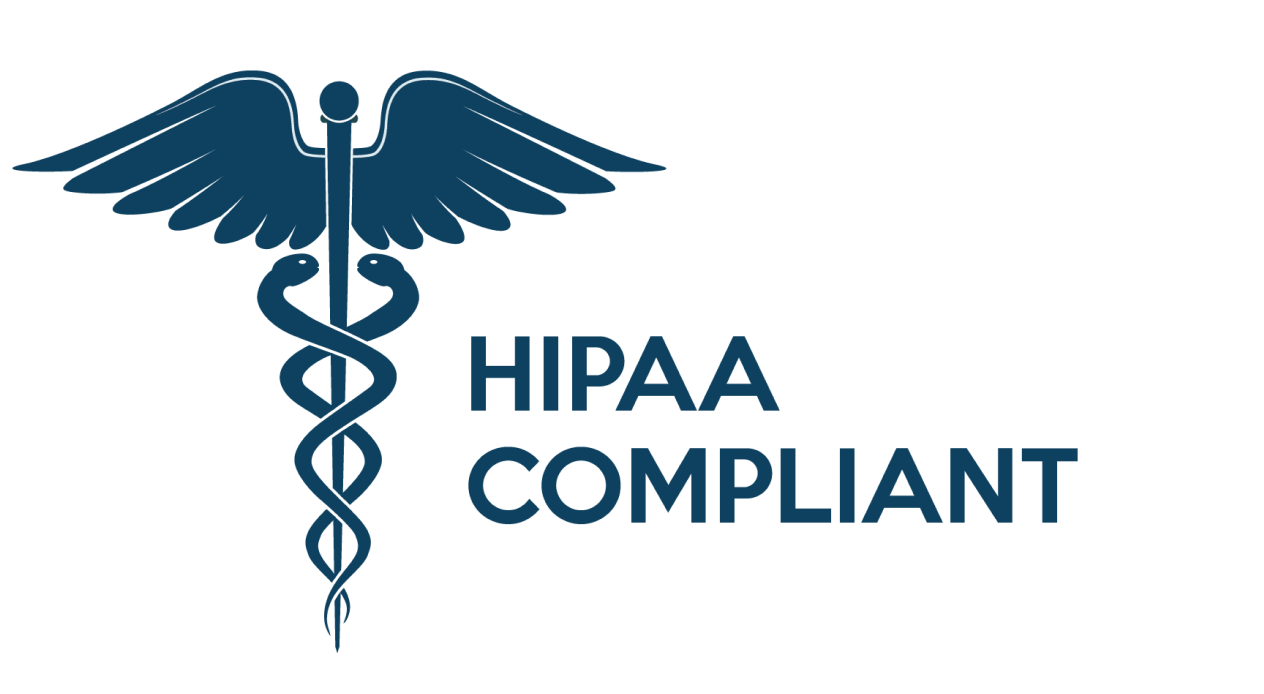Addressing Gender Disparities: Increasing Heart Disease Prevention Among Women
Heart disease stands as the leading cause of death among women, claiming one in three lives annually. It surpasses all forms of cancer combined, yet alarmingly, only 44% of women recognize it as their primary health threat.
The impact of heart disease on women is not uniform. Various factors contribute to differing risk levels, such as stress, pregnancy, menopause, and race. By helping women understand these risk factors and providing them with innovative and accessible methods to increase prevention, payers and providers can help reduce the impact and prevalence of this deadly disease. Here are some of the factors that impact women’s heart disease risk levels and how payers and providers can help increase prevention using Binah.ai:
Factors Influencing Heart Disease in Women
Women can experience unique life events that influence their cardiovascular health. Pregnancy and menopause, in particular, play pivotal roles in shaping women’s risk profiles. Additionally, research emphasizes the impact of stress on overall health, underscoring the importance of understanding the mind-body connection for women’s wellbeing and helping women manage their stress levels effectively.
Stress and Heart Disease
While stress can be a natural part of life, chronic stress poses significant risks. It can contribute to unhealthy behaviors and lead to conditions like high blood pressure, increasing the likelihood of heart attacks and strokes. Conversely, individuals with positive mental health tend to have health factors associated with a reduced likelihood of heart disease, such as lower blood pressure, improved glucose control, and decreased cholesterol levels.
Pregnancy and Heart Disease
Pregnancy, a unique phase in a woman’s life, comes with its own set of cardiovascular considerations. The physiological changes during pregnancy can affect the heart, and women who have gestational diabetes or any of the pregnancy-related high blood pressure disorders, such as gestational high blood pressure or preeclampsia, have a higher long-term risk of developing cardiovascular issues. Moreover, as 1 in 10 women who did not experience high blood pressure before or during pregnancy may develop it up to a year after giving birth, helping new moms identify high blood pressure early on is critical to reducing cardiovascular issues for women in the long term.
Menopause and Heart Disease
While menopause itself does not cause cardiovascular disease, it signals a critical point in midlife when certain risk factors can accelerate. For example, when estrogen levels fall, fat can build up in a woman’s arteries causing them to become narrower. This increases their risk of developing coronary heart disease, a heart attack or stroke. Moreover, menopause can also cause changes in the body that increase the risk of coronary heart disease, including weight gain, high cholesterol, poorer blood glucose control, higher blood pressure, and increased fat around the heart.
Race, Ethnicity and Heart Disease
Due to health disparities and social determinants of health, additional factors that have been found to indicate an increased likelihood of developing heart disease are race and ethnicity. Black women have the highest coronary artery disease death rates and possess a 50% higher risk of heart failure compared with white women. Moreover, black women are twice as likely as white women to develop chronic hypertension during pregnancy and to have hypertension, weight problems, or diabetes, raising their risk for cardiovascular disease down the road. With these numbers in mind, addressing the significant disparity with accessible preventive measures is critical.
Traditional Heart Disease Risk Factors
Additional heart disease risk factors include traditional ones common to both men and women such as high blood pressure, obesity, high cholesterol, diabetes, family history, smoking, and more.
Heart Disease is Preventable
An estimated 80% of cardiovascular disease, including heart disease and stroke, is preventable, according to the World Heart Federation. Most instances can be prevented by addressing risk factors before they develop into heart health problems. To help women prevent heart disease, payers, providers and pharmaceutical companies ought to increase research on heart disease in women, empower women to know their numbers, and use data to promote lifestyle changes.
Prevention Through Research and Clinical Trials:
According to the American Heart Association, only 38% of clinical trial participants are women. Underrepresentation of women in clinical trials has resulted in therapeutic strategies that have been largely derived from studies on men. Prevention and management of heart disease in women ought to begin with a better understanding of the manifestation of the disease in women. To do so, researchers and pharmaceutical companies ought to help overcome barriers to the recruitment of women, including lack of transportation, interference with work or family responsibilities, cultural limitations and financial costs.
Preventing and Managing Heart Disease in Women with Smartphone or Wearable-Based Health and Wellness Checks
While certain factors like pregnancy and menopause cannot themselves cause heart disease, they signal important changes in the body that increase a woman’s risk and may lead to heart disease. To help prevent heart issues from developing, payers and providers can use Binah.ai’s technology to give women a simple way to measure critical heart health indicators like blood pressure, stress levels, recovery ability, heart rate, HRV, and more. From wherever they are, women can take 60-second spot checks using their smartphone cameras, or continuous checks using the Polar Verity Sense™ heart rate sensor. Both spot and continuous checks are skin tone agnostic, ensuring that women everywhere can have equal access to their health and wellness.
Moreover, Binah.ai’s spot and continuous checks can empower more women to participate in research and clinical trials by allowing them to monitor health and wellness indicators from wherever they are. They can do so passively with the Polar Verity Sense™ or actively using their smartphone camera. This can help them overcome barriers to participation like travel or time off work, and enable more female-specific heart health research.
Finally, to help prevent the devastating impact of stress, Binah.ai’s spot and continuous checks allow for simultaneous stress and recovery level measurements. This can allow women to identify their stress triggers and discover which coping methods are most appropriate for their needs. They can also share all of their measurements with providers and relevant stakeholders to help keep on track and enable informed decisions. Prevention is a lifelong journey, and providing women with a health and wellness check tool that can accompany them wherever they are can help them stay informed about their health and encourage them to make proactive lifestyle changes to manage and control their heart health.
To learn more about how Binah.ai’s spot and continuous health and wellness checks can help prevent heart disease in women, schedule a demo now.
Sources:
https://www.heart.org/en/healthy-living/healthy-lifestyle/stress-management/stress-and-heart-health
https://my.clevelandclinic.org/health/articles/23051-ethnicity-and-heart-disease
https://www.ahajournals.org/doi/full/10.1161/atvbaha.108.179796

 close
close





